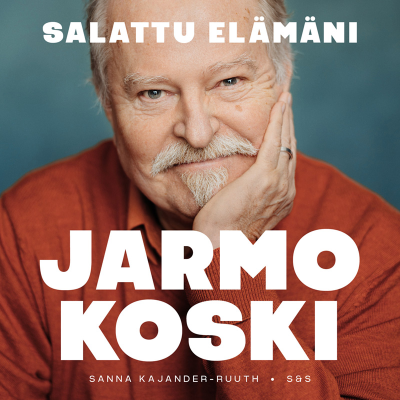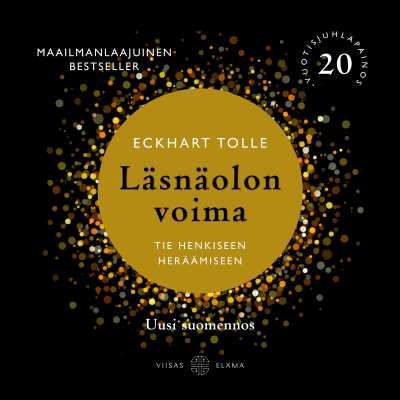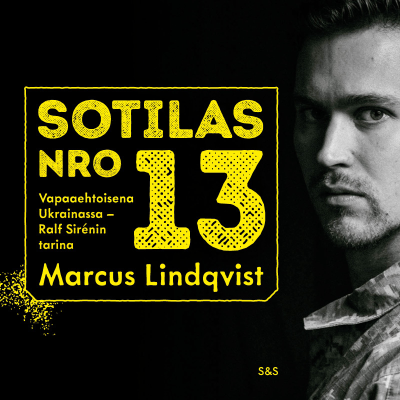
Complementary Training Podcast
englanti
Urheilu
Rajoitettu tarjous
3 kuukautta hintaan 1 €
Sitten 7,99 € / kuukausiPeru milloin tahansa.
- Podimon podcastit
- Lataa offline-käyttöön
Lisää Complementary Training Podcast
Think tank for coaches, sport scientists, performance analysts and performance directors working in high-performance sport fields and research.
Kaikki jaksot
19 jaksotTraining Chats with Israel & Mladen - Episode #7: Subjective Ratings of Effort, Exertion, Discomfort and Some
I was in the middle of writing the final chapters for my upcoming Strength Manual, and I was explaining Dose - Response models including the subjective ratings, when Israel Halperin sent me a draft version of his upcoming opinion piece on rating of perceived effort. Perfect timing! Reading this made me rethink a few things I wanted to cover, but it also prompted more questions. I wanted to pick Israel's brain regarding ratings of perceived effort and other things, so we have decided to record our conversation into a podcast. Things that were covered in this podcast episode include his motivation for writing this opinion piece, explaining the difference between the various subjective ratings, including force, effort, exertion, discomfort, but also something that both myself and Israel think might be the next big thing – the ratings of pleasure/displeasure by using Feeling Scale. The images below are taken from my upcoming Strength Manual and they might be helpful in order to follow this podcast, particularly my reasoning, which might not represent Israel's reasoning, and I am more than happy to hear your opinions and feedback. I provided a few examples to hypothetically differentiate between different types of ratings and these are all included in the tables below. Once again, please keep in mind that these are sandbox concepts, but I believe they are useful to follow. Figure 1 Six different theoretical buckets of subjective ratings. They are all interconnected based on the task at hand, expected duration, feedback and so forth. Figure 2 Figure 2. Three sources of momentary failure and fatigue in general. Table 1. Hypothetical ratings of RP-Output, RP-Effort, RP-Exertion and RP-Discomfort at the start and at the end of a few speed/power and endurance events. This is highly speculative, but with the illustrative purpose. Table 2. Hypothetical ratings of RP-Output, RP-Effort, RP-Exertion and RP-Discomfort across set of different characteristics. This is highly speculative, but with the illustrative purpose. This talk was very insightful, and if you are collecting and/or researching subjective ratings, such as RPE, make sure to give it a listen. If you have any recommendation and feedback, particularly on the implementation of the Feeling Scale, please let us know. Looking forward to hearing your thoughts.
Training Chats with Israel & Mladen - Episode #6: Chat with Mike Tuchscherer
In this episode Israel and myself had a pleasure to host a guest speaker - Mike Tuchscherer. I know Mike since around 2007. when he published his (still) outstanding book “Reactive Strength Training”, a book that was the first book to outline usable and concrete strategies of autoregulated training using RPE set ratings. Years passed by and Mike grew up to become one of the most knowledgeable powerlifting coaches in the world. We decided to have a Mike on the show due his recent articles on emerging strategies in planning and how personalities affect training programming (e.g. “The Big Five”). Besides that, we discussed numerous other topics, so if you are interested in strength training and training in general give this episode a listen. You can find more about Mike Tuchscherer on his website: Reactive Training Systems [https://www.reactivetrainingsystems.com/Home/Main] and Twitter: @MikeTuchscherer [https://twitter.com/MikeTuchscherer]
Training Chats with Israel & Mladen - Episode #5: Individualization
In this episode, myself and Israel continued discussion on “training individualization” that I have started with the recent screencast - “On Individualization [http://complementarytraining.net/on-individualization/]”. Israel provided an interesting viewpoint from a scientific perspective, which is how “normalizing” groups is hard to do in practice (as I would like to call: “creating equal playing field”, which is the first step in training load individualization). My current viewpoint is that individualization is more than creating “equal playing field”, or making sure everyone is training at similar individual potential, but rather making sure one is doing what it takes to reach his full potential while avoiding the downsides.
Training Chats with Israel & Mladen - Episode #4: Transfer of Training
In Episode #4 of Training Chats with Israel and Mladen, we discussed the the concept of training transfer. That is, does practicing task 1 transfer to- and improve (or hinder) task 2? For example, will squatting transfer to and improve sprinting performance? We identified two “camps” of this approach: the first believes that strength training should be non-specific with the goal of improving underlining qualities, such as strength, which will then carry over to the the task it is expected to improve (e.g. sprinting). The second approach believes strength training should should mimic the metabolic and mechanical features of the task which it is expected to improve. We agreed that it is safe to be somewhere in the middle and utilize both approaches. We also briefly touched the concept of transfer in combat sports (e.g. punching with dumbbells, steady state running, met-cons, and more)
Training Chats with Israel & Mladen - Episode #3: Phase Potentiation in Periodization
In Episode #3 of Training Chats with Israel and Mladen, we discuss the the concept of phase potentiation in periodization. That is, does sequencing periods that place greater emphasis on certain qualities (strength, speed, etc) in a particular order lead to better performance compared with different sequences and/or without a specific emphasis on a particular quality. This is an important topic as the core of periodization models lays within this concept. We also touched the problems with simplistic reasoning attempting to explain the positive effects commonly observed with resistance training.
Valitse tilauksesi
Rajoitettu tarjous
Premium
Podimon podcastit
Lataa offline-käyttöön
Peru milloin tahansa
3 kuukautta hintaan 1 €
Sitten 7,99 € / kuukausi
Premium
20 tuntia äänikirjoja
Podimon podcastit
Lataa offline-käyttöön
Peru milloin tahansa
30 vrk ilmainen kokeilu
Sitten 9,99 € / kuukausi
Premium
100 tuntia äänikirjoja
Podimon podcastit
Lataa offline-käyttöön
Peru milloin tahansa
30 vrk ilmainen kokeilu
Sitten 19,99 € / kuukausi
3 kuukautta hintaan 1 €. Sitten 7,99 € / kuukausi. Peru milloin tahansa.

































